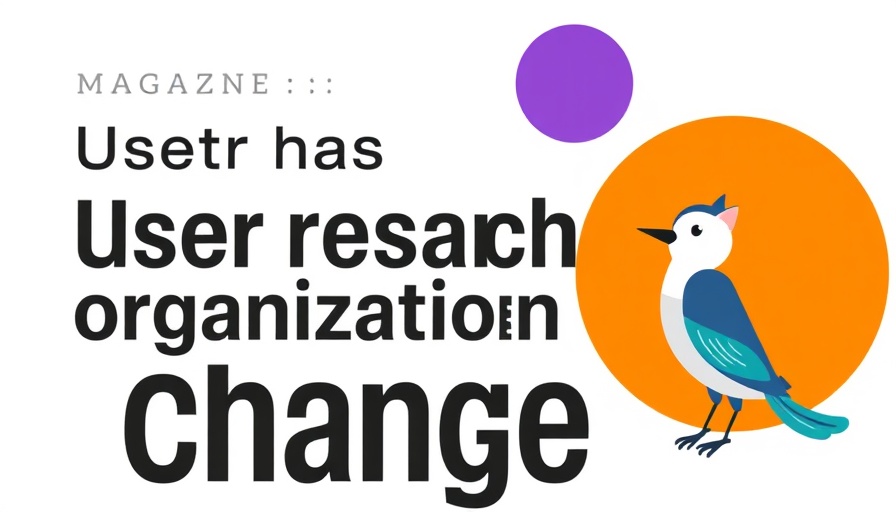
The Evolution of CSS: A Journey Beyond Presentation
CSS, once a straightforward styling language, has transformed dramatically since its inception in 1994. Initially designed to manage fonts, colors, and layouts, it has now evolved into a powerful tool capable of driving complex, responsive, and interactive interfaces. As CSS incorporates advanced features like container queries and the if() function, the lines between styling and logic are blurring. This transformation raises important questions: What does this mean for developers, and how will it shape the future of web design?
Understanding the New CSS Landscape
The introduction of features such as relational pseudo-classes empowers developers by allowing for more dynamic styling decisions based on conditions. Imagine being able to change a webpage's style depending on screen size or user interactions without writing extensive JavaScript. This does not just streamline the development process; it makes CSS a more attractive language for both new and seasoned developers. As features become more sophisticated, developers must ask themselves if this clever evolution is becoming daunting or remains accessible.
What Can WordPress Users Expect?
For WordPress users, the implications of this 'smarter CSS' are significant. As customization becomes increasingly layered and intricate, understanding these new capabilities can improve both user experience and efficiency. WordPress themes, traditionally reliant on basic CSS, can drastically enhance their interactivity through these innovations. Users can easily adapt their site’s design elements to react intuitively based on user behavior, moving closer to an engaging brand experience.
Historical Context: From Simplicity to Smart Design
A look back at CSS history reveals a keen intention for simplicity, aimed at effectively separating content from presentation. The original CSS had limited features, focusing on basic styling. However, as web pages grew more complex in design and functionality, the limitations of early CSS became evident. CSS1 laid a foundational path, but it was CSS2 that expanded capabilities with new properties for layout and design, paving the way for what we utilize today.
The Impact of Advanced CSS Features
With advancements like Flexbox and CSS Grid, developers gained the ability to create sophisticated layouts without convoluted hacks. Container queries, a relatively new feature, allow for responsive design adjustments that react to the size of their parent container, offering a level of dynamic responsiveness previously attainable only through JavaScript. Consider how a website can seamlessly adapt the layout of its elements, providing an elegant and user-friendly experience for visitors across devices.
Challenges and Complexities
However, with these innovative features comes an increase in complexity. Is CSS becoming too complicated for newcomers? Will it overwhelm those who just want to dip their toes in the vast ocean of web design? While advanced features unlock tremendous potential, they can also create barriers for those not well-versed in coding. The key lies in fostering an understanding of these capabilities to ensure everyone can enjoy the benefits of smarter CSS.
Conclusion: Embrace the Change
The evolution of CSS into a more intelligent language is an exciting frontier for web development, particularly for WordPress users. By embracing these advancements, we can create user experiences that are not only functional but also visually captivating. As we look forward, it’s crucial to continuously adapt and learn, recognizing that the future of web design is bright and full of possibilities. Join the conversation on how you can leverage smarter CSS techniques in your next WordPress project!
 Add Row
Add Row  Add
Add 




 Add Row
Add Row  Add
Add 

Write A Comment